Give the decreasing order of the following in the extent of hydration or towards NA (nucleophilic addition) reaction.
 Solution in Malayalam
Solution in Malayalam
(IV)>(III)>(II)>(I)
(I)>(II)>(III)>(IV)
(IV)>(II)>(III)>(I)
(I)>(III)>(II)>(IV)
The correct Answer is:A
More the ¯e-withdrawing group, more NA reaction is favoured. Aldehydes are more reactive than ketones.
(IV)>(III)>(II)>(1)
Topper's Solved these Questions
- ALDEHYDES AND KETONES BOOK - BRILLIANT PUBLICATIONCHAPTER - ALDEHYDES AND KETONES EXERCISE - LEVEL-II
42 Videos
- ALCOHOLS, PHENOLS AND ETHERSBOOK - BRILLIANT PUBLICATIONCHAPTER - ALCOHOLS, PHENOLS AND ETHERSEXERCISE - LEVEL III (Linked Comprehension Type)
12 Videos
- BIOMOLECULES, POLYMERS AND CHEMISTRY IN EVERYDAY LIFE BOOK - BRILLIANT PUBLICATIONCHAPTER - BIOMOLECULES, POLYMERS AND CHEMISTRY IN EVERYDAY LIFE EXERCISE - LEVEL-II (ASSERTION-REASON TYPE QUESTIONS)
6 Videos
Similar Questions
The general formula of aliphatic saturated aldehydes and ketones is:
View SolutionAn important route to unsymmetrical ethers is a nucleophilic substitution reaction known as the Williamson synthesis. This synthesis consists of an SN2 reaction of a sodium alkoxide with an alkyl halide, alkyl sulphonate or alkyl sulphate.
By a proper choice of reagents, both symmetrical and unsymmetrical ethers can be prepared by Williamson synthesis. The reverse process of cleavage of ethers to give back the original alkyl halide and the alcohol can be carried out by heating the ether with HI at 373 K.
Which of the following reagents when heated will give a good yield of ether?
View SolutionAssertion : Glucose gives a reddish brown precipitate with Fehling's solution.
Reason : Reaction of glucose with Fehling's solution gives CuO and gluconic acid.
View SolutionGive the reactivity in the decreasing order of the following nucleophiles towards nucleophilic addition reaction with compound A(F3C−≡−CF3).
(I) CH3OΘ (II) C3HΘ5
(III) CH3COO (IV) CH3SOΘ3
View SolutionGive the decreasing order of the following in the extent of hydration or towards NA (nucleophilic addition) reaction.
I.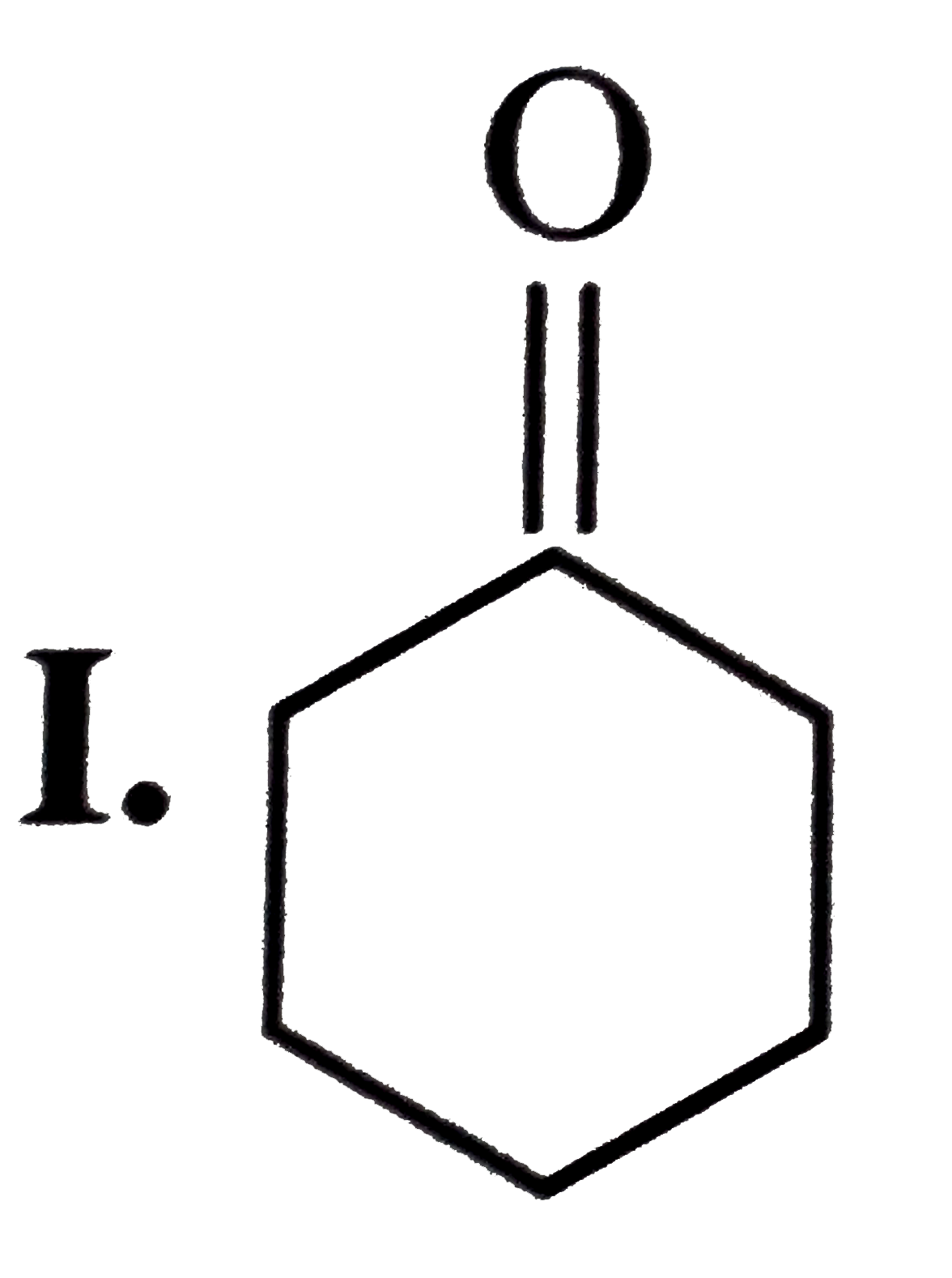 , II.
, II. 
III.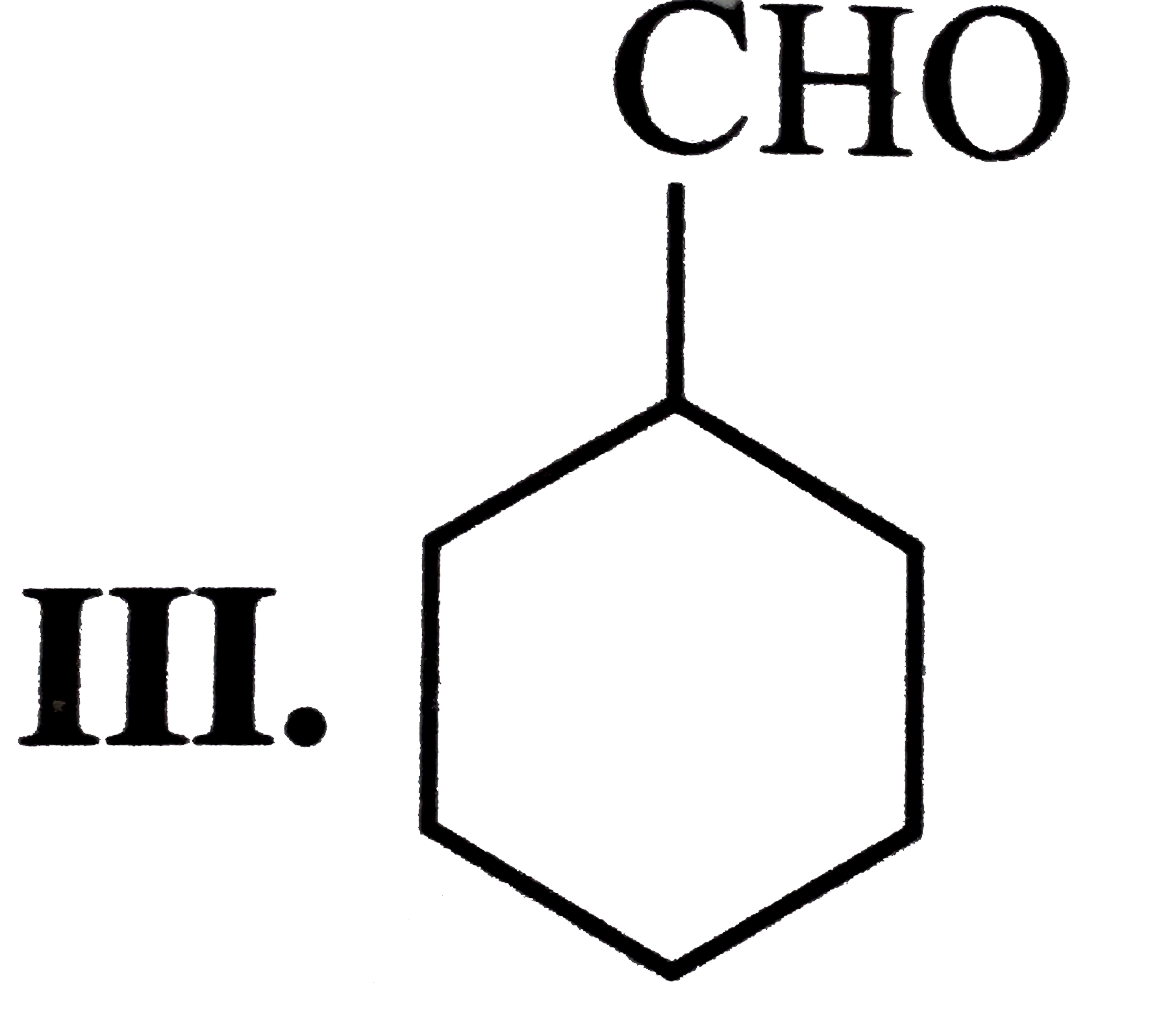 , IV.
, IV. 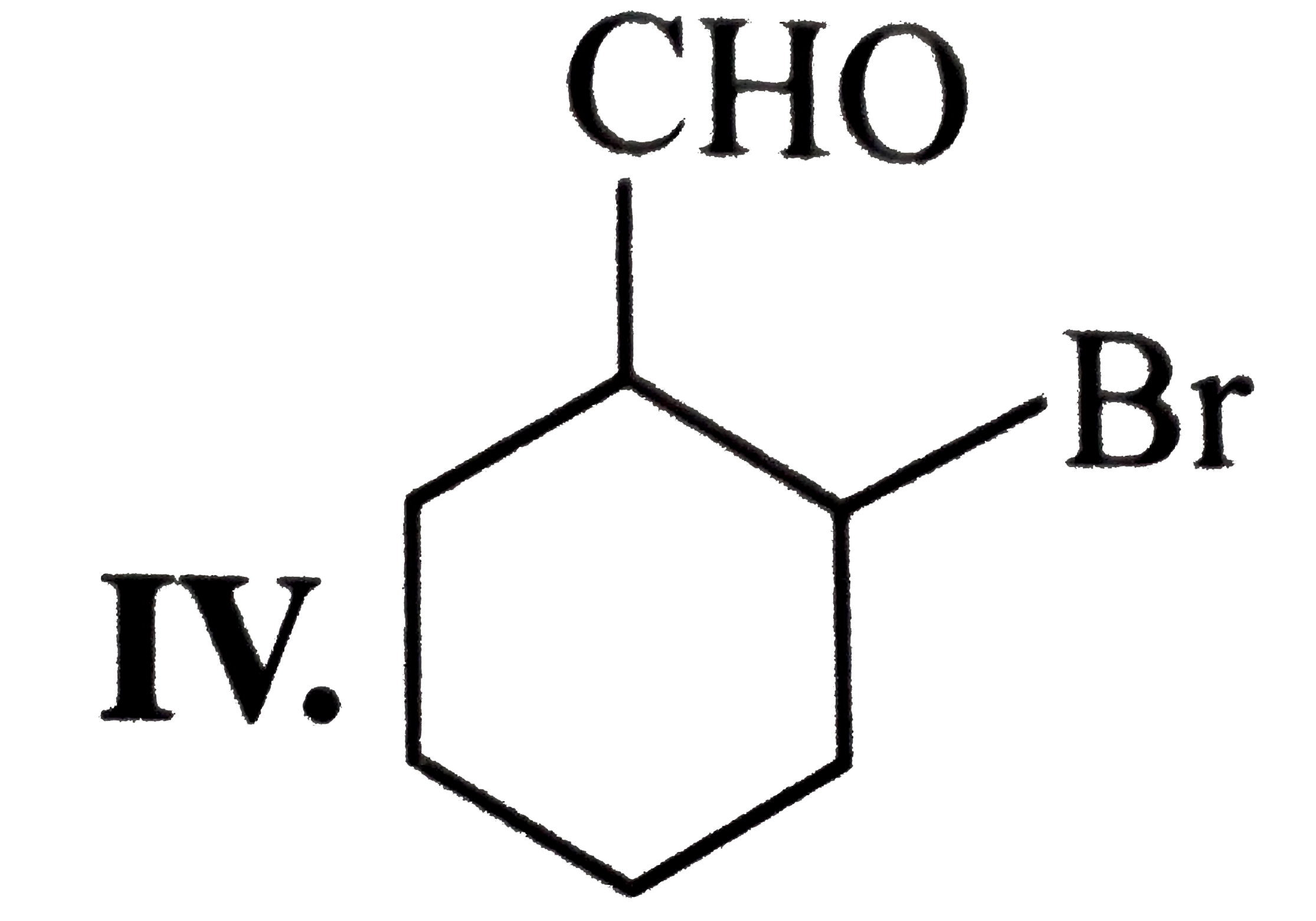
View SolutionThe correct order of rate of reaction toward nucleophilic addition reaction :

View SolutionArrange the following compounds in decreasing order of nucleophilic addition reaction :
View SolutionGive decreasing order of reactivity for nucleophilic addition reaction :-
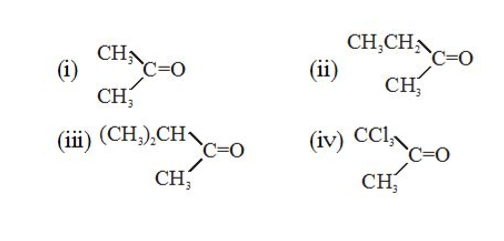
View SolutionArrange the following carbonyl compounds in decreasing order of their reactivity in nucleophilic addition reaction :
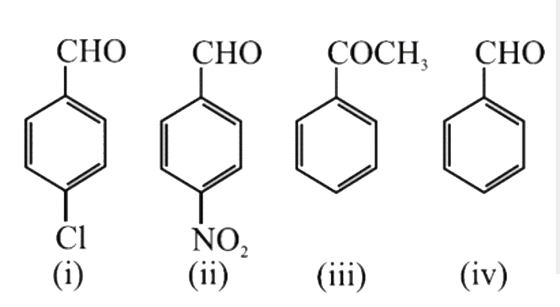
View SolutionThe general order of reactivity of carbonyl compounds towards nucleophilic addition reaction is
View SolutionThe following is more reactive towards nucleophilic addition reactions
View SolutionWhich of the following is the correct order of decreasing reactivity towards nucleophilic substitution reaction ?
View SolutionWhich of the following is the correct order of decreasing reactivity towards nucleophilic substitution reaction ?
View SolutionGive the reactivity in the decreasing order of the following alkynes towards nucleophilic addition reaction with MeO^(Θ)//MeOH . (I)
View SolutionGive the reactivity in the decreasing order of the following nucleophiles towards nucleophilic addition reaction with compound A(F3C−≡−CF3).
(I) CH3OΘ (II) C3HΘ5
(III) CH3COO (IV) CH3SOΘ3
View SolutionArrange the following carbonyl compounds in decreasing order of their reactivity in nucleophilic addition reaction :

View Solution
